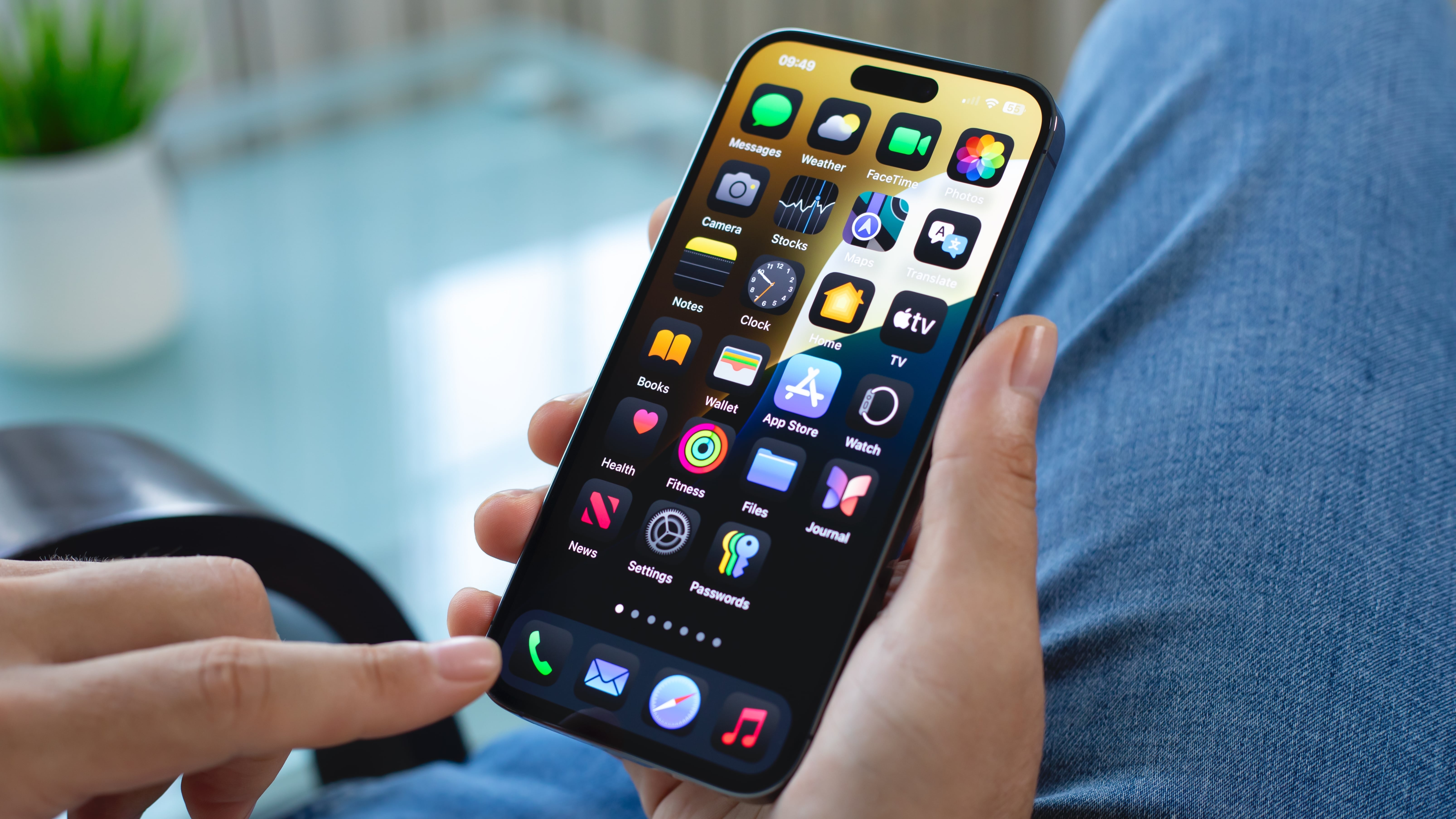
For iPhone fans, 2025 is shaping up to be a doozy, with five (yes, five!) new Apple smartphones potentially on the horizon.
The budget-friendly iPhone SE 4 looks set to arrive first (potentially as soon as March), before the iPhone 17 series – likely comprising the iPhone 17, iPhone 17 Pro, iPhone 17 Pro Max, and the all-new iPhone 17 Air – hits shelves in September (or so we strongly suspect).
Four of those five prospective devices will be updates to existing model lines. But, according to rumors, the iPhone 17 Air will break new ground for Apple by being the slimmest iPhone ever and a defacto rival to the Samsung Galaxy S25 Edge. So, what can we expect in terms of hardware? Below, we’ve rounded up five of the biggest rumored features of the iPhone 17 Air.
Unparalleled thinness
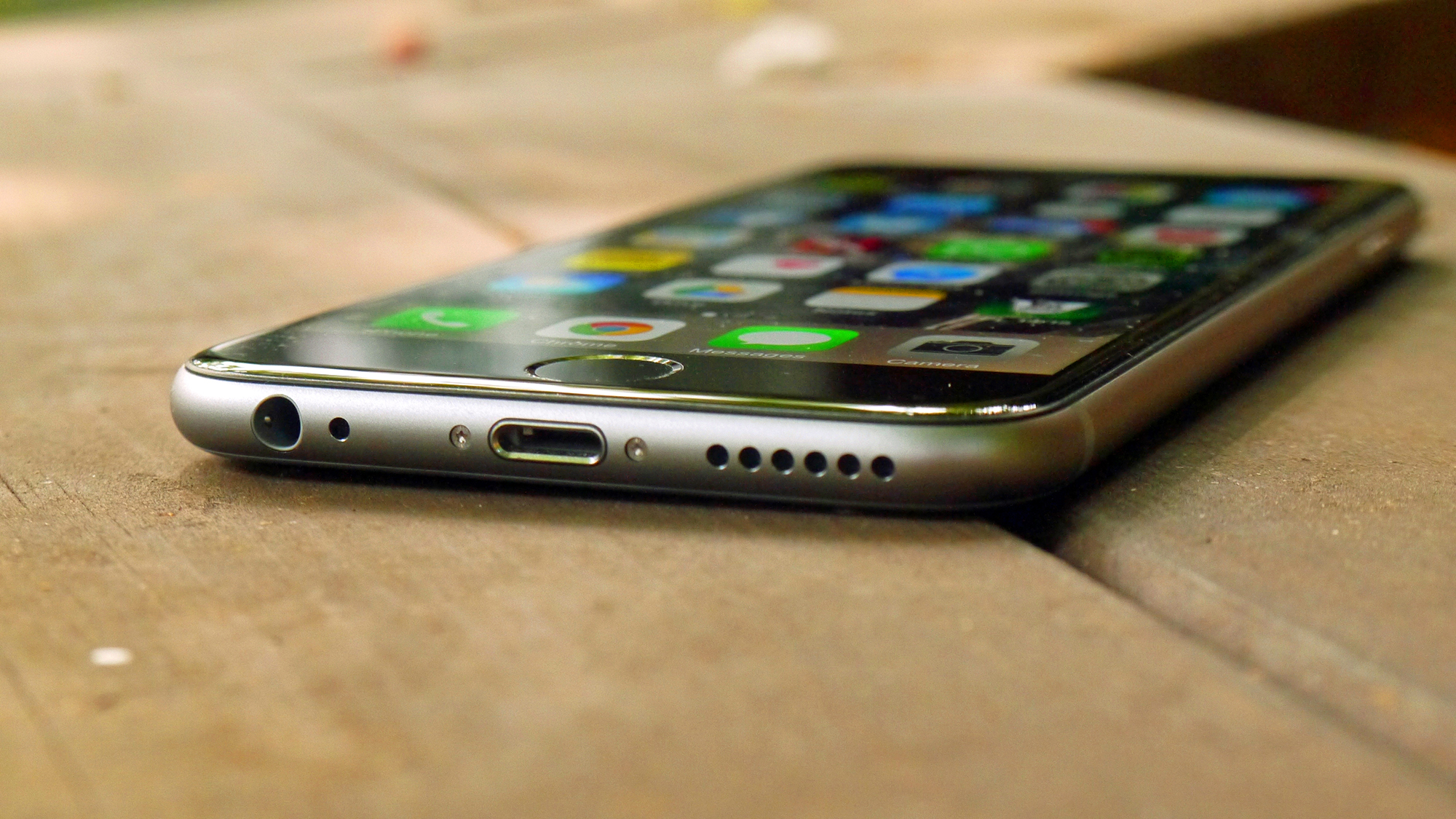
First things first: the iPhone 17 Air (or the iPhone 17 Slim, as it may be called) will be improbably thin. But just how thin, I hear you ask?
According to serial Apple tipster Ming-Chi Kuo, the iPhone 17 Air will measure just 5.5mm at its thinnest point. For comparison, the iPhone 16 – and indeed the iPhone 16 Plus, which the iPhone 17 Air will reportedly be replacing in this year’s lineup – measures 7.8mm at its thinnest point, so Apple’s new model could be nearly 30% thinner.
To date, the thinnest iPhone ever produced is the iPhone 6, which measures 6.9mm front to back. So, an iPhone 17 Air measuring just 5.5mm would take that crown.
Incidentally, reports suggest Samsung’s Galaxy S25 Edge handset measures 6.4mm at its thinnest point, so if both claims are true, the iPhone 17 Air will be almost 1mm thinner than its most obvious competition.
A redesigned camera module
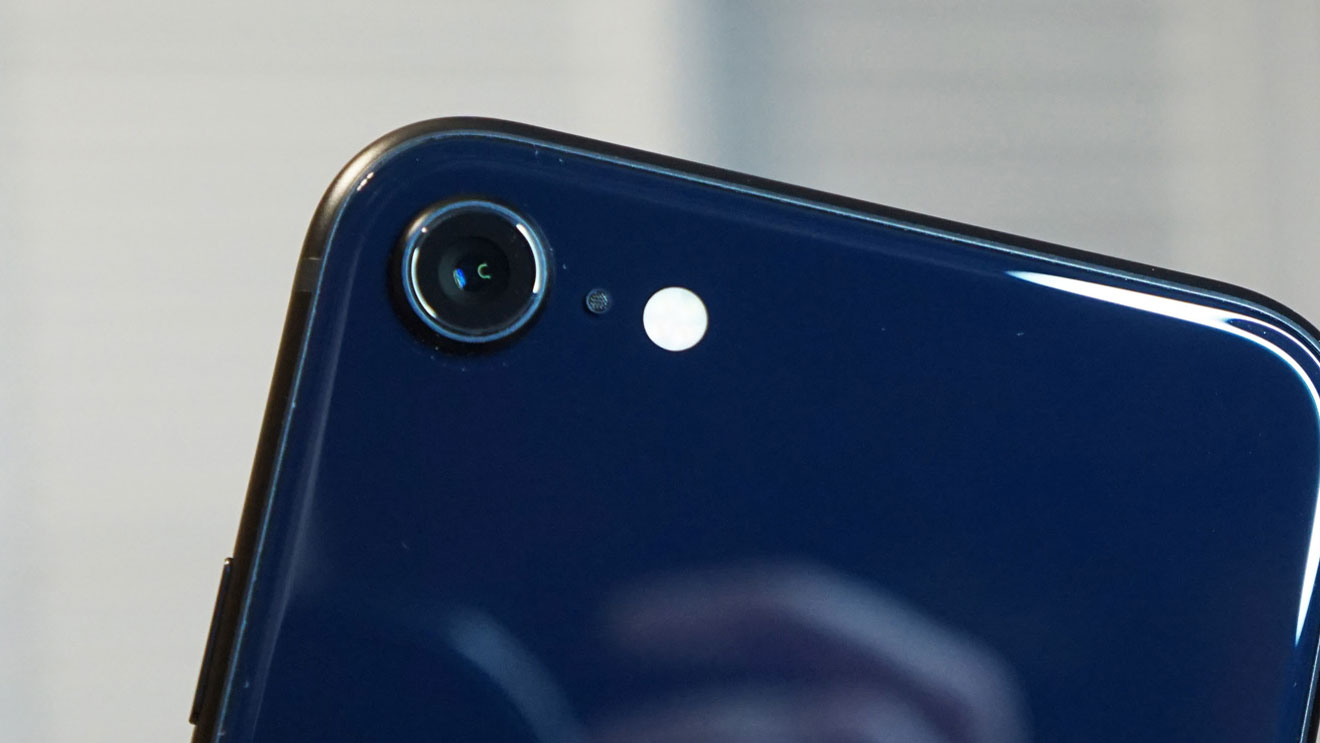
If the iPhone 17 Air does indeed end up being as thin as rumors suggest, Apple will have to re-think its approach to the phone’s camera module.
Get daily insight, inspiration and deals in your inbox
Sign up for breaking news, reviews, opinion, top tech deals, and more.
Most tipsters have it that the Air will ship with a single 48MP rear camera, though there’s some doubt over how this single camera will be positioned. Leaker Majin Bu, for instance, predicts that the phone will come with a Google Pixel-style elongated camera module that stretches across the entirety of its rear panel. However, there are reasons to doubt this claim.
Based on what was reported by my source, this would be the new iPhone 17 design. I can't be sure if the image is real, but if it were, it would reflect the leaked design. pic.twitter.com/vXhHqunzN7January 21, 2025
For starters, Apple has never implemented such a camera design on any of its 46 existing iPhone models. Doing so would therefore mark a radical departure for a company known for its design consistency.
Secondly, a panel-spanning camera module on a super-thin phone would likely encroach on its front-facing Face ID components, potentially forcing Apple to drop that feature. It’s highly unlikely that Apple would ship the iPhone 17 Air without Face ID capabilities, so we’re inclined to think that it’ll keep the rear panel of the upcoming phone relatively clear.
As such, the iPhone 17 Air will probably come with a rear camera module that looks a lot like the module on the iPhone SE (2022) – a single, circular lens positioned in the corner of the phone’s rear panel. Apple could conceivably implement a single-lens version of the iPhone X’s pill-shaped camera module, but we think it’ll keep things simple.
A powerful chipset

Seeing as the iPhone 17 Air will, without question, support Apple Intelligence, it will need to be equipped with an A17 Pro chipset or later. The iPhone 16 comes with an A18 chipset, while the iPhone 16 Pro comes with an A18 Pro chipset, so it follows that the iPhone 16 Air will get either the A18 Pro or the destined-for-the-iPhone-17 A19.
There is, of course, a chance that Apple could equip the iPhone 17 Air with its next top-of-the-line chipset (likely the A19 Pro), but seeing as the phone is expected to serve as a replacement for the iPhone 17 Plus, we think a standard-level chipset is the more likely bet.
Indeed, most tipsters predict that the iPhone 17 Air will get an A19 chipset, and an 8GB RAM capacity has been touted, too (that’s the same as the entire iPhone 16 lineup).
Middling battery life
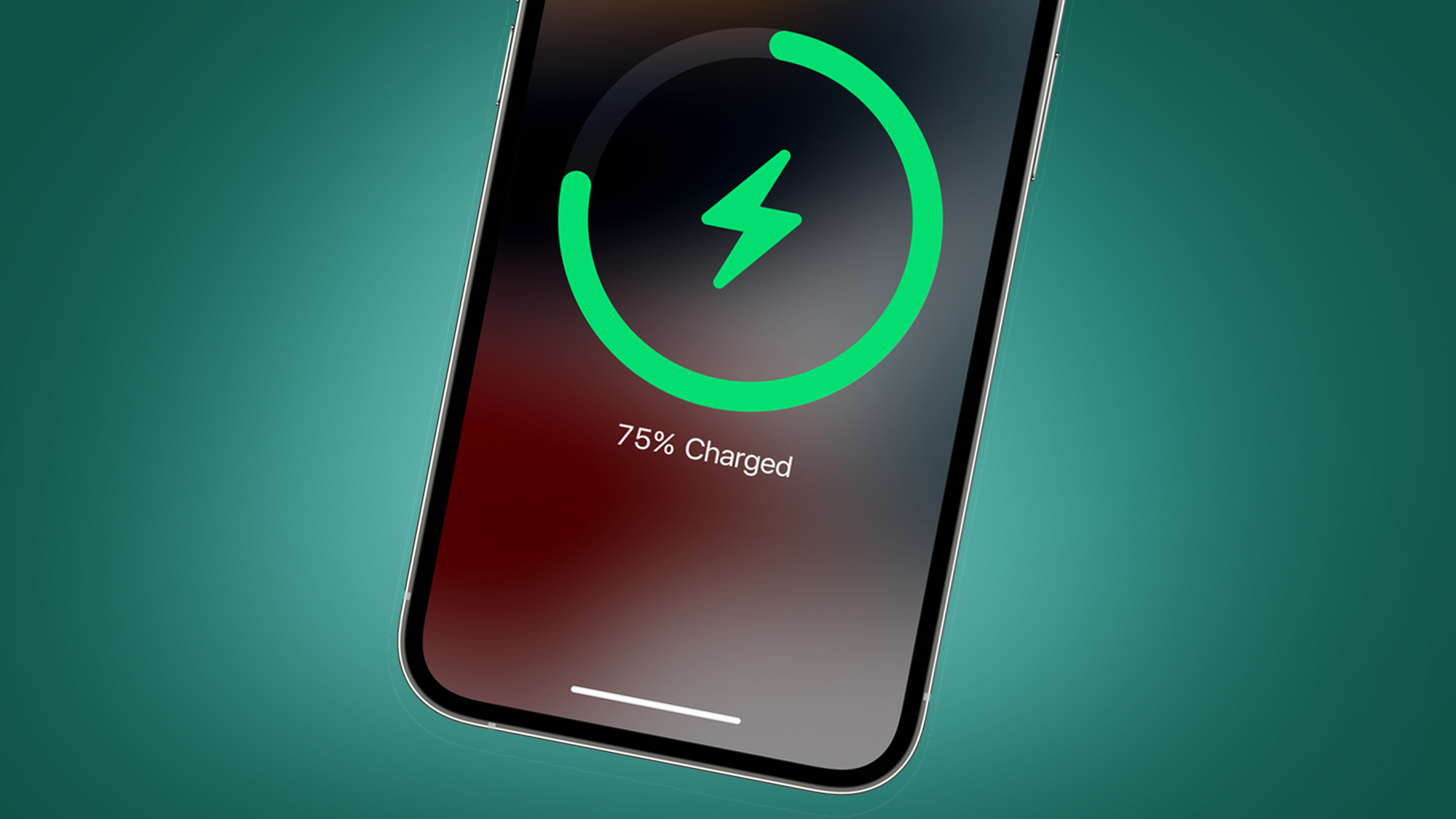
One potentially disappointing feature of the iPhone 17 Air could be its battery life. According to leaker Digital Chat Station, both Apple’s slim phone and the Samsung Galaxy S25 Edge will use batteries between 3,000mAh and 4,000mAh in size.
That’s not immediately concerning – the long-lasting iPhone 16 and Galaxy S24, for instance, have 3,500mAh and 4,000mAh batteries, respectively. But the iPhone 17 Air will, as discussed, be a much thinner device than the candy bar flagships we’ve become accustomed to seeing in recent years. Therefore heat dissipation will be much tricker, potentially leading to shorter battery life.
The efficiency credentials of Apple’s A19 chipset will likely be good enough to mitigate any drastic dissipation concerns, yet it’s safe to assume the iPhone 17 Air will have shorter battery life than the rest of the iPhone 17 line, and potentially even the iPhone 16 line before it.
eSim for everyone
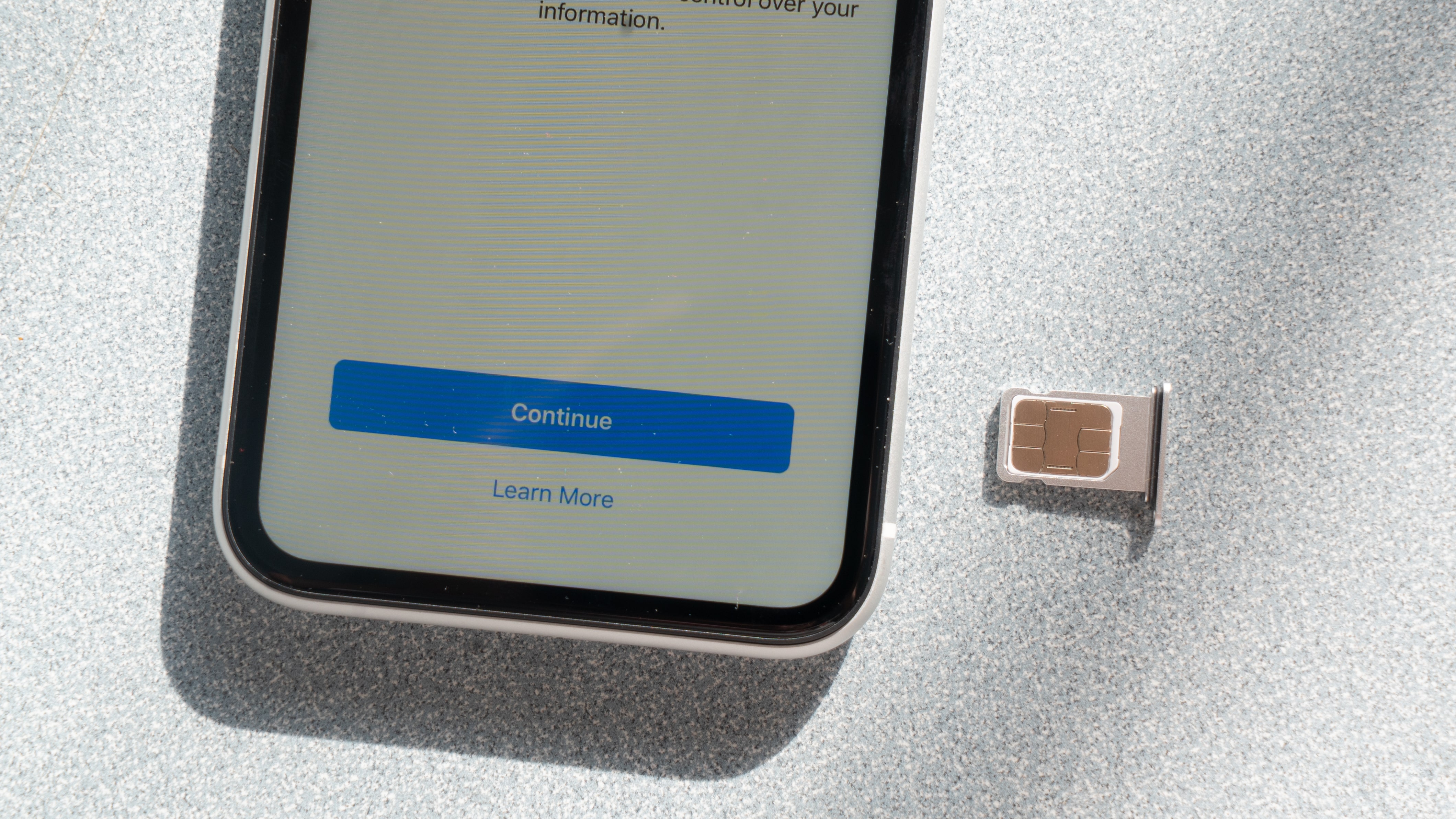
In the US, iPhones have shipped without SIM card trays since the iPhone 14 was released in September 2022, but models sold in the UK and Australia have continued to feature a physical card slot (due to the limited use of eSIMs in these regions).
That could change with the iPhone 17 Air, as it could simply be too slim to feature a SIM card tray, period. This won’t be a problem, since eSIMs are now available in most regions around the world (including the UK and Australia), but it’s significant that the iPhone 17 Air – and potentially even the entire iPhone 17 line – could do away with SIM card trays for good.
You might also like
- iPhone SE 4 – 5 upgrades to expect, from a bigger screen to Apple Intelligence
- The best iPhone 2024: which Apple smartphone reigns supreme?
- The best iPad 2024: top Apple tablets to consider right now

Axel is TechRadar's UK-based Phones Editor, reporting on everything from the latest Apple developments to newest AI breakthroughs as part of the site's Mobile Computing vertical. Having previously written for publications including Esquire and FourFourTwo, Axel is well-versed in the applications of technology beyond the desktop, and his coverage extends from general reporting and analysis to in-depth interviews and opinion. Axel studied for a degree in English Literature at the University of Warwick before joining TechRadar in 2020, where he then earned an NCTJ qualification as part of the company’s inaugural digital training scheme.
You must confirm your public display name before commenting
Please logout and then login again, you will then be prompted to enter your display name.
